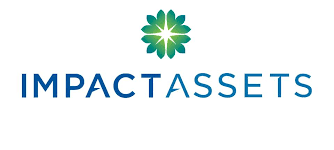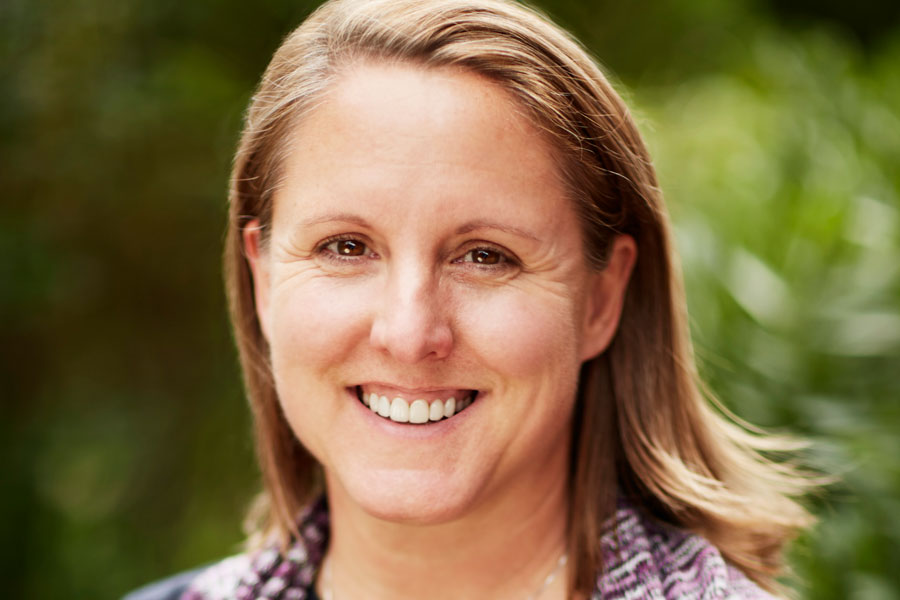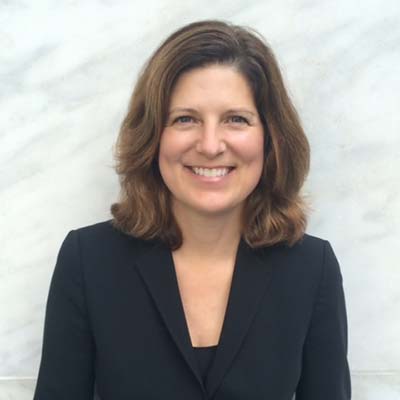 Why aren’t more women and minorities represented in angel and venture capital investing?
Why aren’t more women and minorities represented in angel and venture capital investing?
It’s a vexing question Alicia Robb is addressing. The founder and managing partner of the Next Wave US Impact Fund, an early-stage investing fund focused on bringing more women into angel investing—with a focus on social innovation and impact investing—describes her personal journey to (and resulting passion for) the space.
What personal actions and motivations drove her to become a leader in impact investing? How is Next Wave seeking to increase diversity in angel investing and high growth entrepreneurship. Most importantly, how can successful entrepreneurs get information and access in order to make their own positive impact?
If you like this, subscribe here for more stories that Inspire The Future.
Robb answers these questions and more.
How did you become involved with impact investing? Was there a pivotal moment?
I was at the Kauffman Foundation and previously at the Federal Reserve Board in the Greenspan days, working on small business finance issues. I’ve written a few books about women and minority entrepreneurs and entrepreneurial finance. When Stanford University Press came to my co-author and I and asked if we would write a follow-on book focused on high-growth women’s financing strategies, we said we would if we could also look at the gender gap on the investor side. When you look at the gender and racial gaps in high growth entrepreneurship, one reason is because they get only a tiny fraction of venture capital and angel financing.

From our research, I designed a learning-by-doing fund and program that overcame the barriers that prohibit women and minorities from becoming angel investors. I took the idea to Kauffman and they said, “Great idea, but it will take us five years to get it through the lawyers, so just go off and do it and we’ll fund the education and training piece.” I launched the Next Wave Ventures, and through that I did two pilot funds in the United States and Europe, which brought together nearly 200 women from 25 countries and 24 states in the US.
However, I wasn’t super passionate about what some of the companies did that we invested in. I realized that if I was going to stay involved in angel investing and spend my time, energy and money on this asset class, I really wanted to invest only in companies I was really excited about. Those are impact companies. Next Wave Impact is our first impact fund, which was launched last year. We have 99 women investors in the fund, 25 of them minorities, from 18 states and six countries. And we are all passionate about impact, so I’m really excited about what we’re going to be doing over the next few years.
Is it the investing club of the future?
I hope so. It mitigates a lot of the reasons why we don’t see women and minorities in angel investing, as well as some of the risk by building a diversified portfolio. You’re investing alongside many different people, and the human capital on the ground in our investors across the country from different sectors widens the set of investable companies and allows to invest in the best opportunities.
What are your goals with Next Wave Impact, specifically with metrics and measurement?
We have two sets. With the investor piece, it’s to educate and train new people in angel investing. Outcomes are measured by participation in the fund through the due diligence and screening of companies, and whether they go on to be active angel investors. It might not be for everyone, so people not continuing isn’t necessarily a bad outcome. However, we are trying to drive more engagement of women and minorities in investing, so if we help move the needle, that would be one success.
With the investment piece, we want to invest in companies that are successful in scaling and/or becoming profitable while having a significant impact. However, because we’re a generalist fund and investing across a wide spectrum of industries, the specific metrics used to track each company will depend on the sector they occupy. Some examples are number of good jobs created, an increase in financial inclusion, better educational achievements, etc. Obviously increasing the number of women and minority-led businesses is also an outcome we are seeking with the fund.
One of the ways you have made Next Wave available to investors is through philanthropic vehicles like the ImpactAssets Giving Fund. How does that work and why is it a good fit for a fund that seeks to expand access to angel and impact investing?
We have several Limited Partners in our fund that use philanthropic capital. ImpactAssets is a unique case because it brought together donations from a bunch of different people to join that donor-advised fund. And then we have a couple of family offices that have invested using philanthropic capital using their own donor advised funds. And then we have a foundation. It’s important to keep that option on the table because a lot of people are comfortable with philanthropy and not necessarily ready or wanting to use investment dollars for impact. Next Wave is trying to move more people into thinking about impact investing on the investor side of it rather than philanthropic, but there’s a lot of different reasons why people might want philanthropic money used for this. It can be a way to ‘toe-dip’ into angel and impact investing. It’s a way to test the waters.
It sounds like there’s significant demand. And are you planning to launch other funds?
Yes, we are. We’re going to wait a couple years until we’ve deployed a significant amount of capital with this fund, but the plan is to expand and launch other larger funds. We’re also looking at launching some regional funds so that we can invest locally, and then mitigate that risk by co-investing and syndicating deals with other regional funds. The time horizon for those is as soon as 12 to 18 months.
Where do you see Next Wave in five years?
I hope to see Next Wave doing additional funds at the regional level, as well as co-investing across the country and across borders. We’ve been working with some folks in Africa, Asia, and Latin America, to see how we can adapt this model and training methods to bring more people into angel investing. So hopefully, we’ll see a much larger network that spans not only the United States but also other continents. Personally, as a vegan, I plan for my next fund to focus on investing in companies that are removing animals from the supply chain. I don’t think we need to exploit animals for food, clothing, entertainment, or medical experiments. I want to see more companies that offer plant based alternatives that are more sustainable, healthy, and humane.
What’s your message to successful entrepreneurs that are looking to harness the power of this type of investing? How should they get started?
One of our goals with this fund is to provide an additional data point or piece of evidence to prove you can achieve a nice financial return by investing in companies that are doing good things. There are so many problems in the world. I think if more people directed their time, energy, and money towards companies that are solving serious problems instead of trying to make a big buck with those ever-elusive unicorns, I think we’d all be better off.
I think the venture capital system is broken. I don’t think we need to accept the fact that out of 10 investments, eight are going to fail, one will return your capital, and one’s going to be a home run. I think that disruption and destruction of eight failures out of 10 in terms of the societal costs to the employees, founders, investors and other stakeholders is something we don’t need to accept.
If you like this, subscribe here for more stories that Inspire The Future.




































